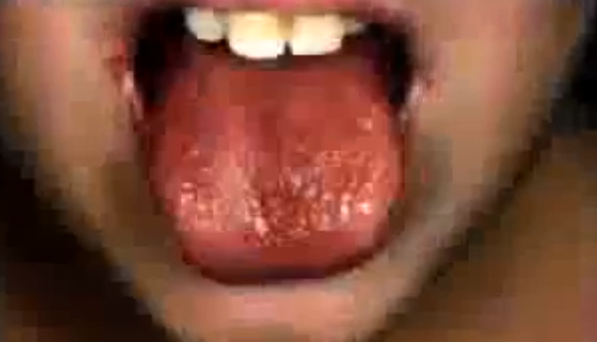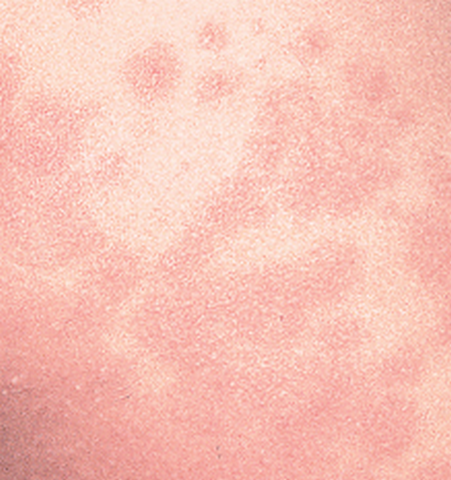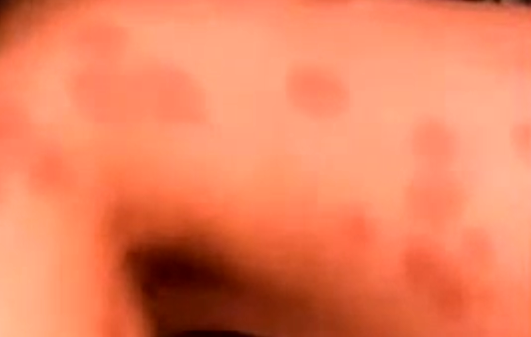What is Kawasaki disease ?
Kawasaki disease is a childhood disease which affects skin, mouth, throat, mucous membranes in nose, and lymph nodes. It is also called mucocutaneous lymph node syndrome. In this disease, blood vessels including arteries, veins and capillaries develop inflammation leading to the condition called vasculitis.
In some cases, Kawasaki disease may reach the coronary arteries whose function is to supply oxygenated blood to the heart. If this happens then heart problems like myocarditis, dysrhythmia and aneurysm may be caused.
This disease generally affects the children up to the age of 5. However the disease is most common among the kids of age 1 to 2 years and rare in children older than 8 years of age.
Is Kawasaki disease contagious ?
The disease is not at all contagious that means it does not spread from children to children. Kawasaki disease is more common among boys compared to girls. It is most common during later winters and early spring season. It is most common in Japan and it was in Japan where the Kawasaki disease was first found.
The cause of Kawasaki disease is still a mystery and experiments are still being conducted to find out the cause.
Symptoms
The symptoms of Kawasaki disease may seem to be serious and scare parents. But if the condition is diagnosed it can easily be treated and the child can become normal soon.
Following the symptoms of Kawasaki disease:
- Fever of 102 °F to 104 °F that lasts for at least 5 days
- Body rashes particularly on chest, stomach and genital parts
- Eyes turn severely red in colour
- Lips and tongue swells and become red
- Cracked lips
- Hands swell and become red
- Lymph nodes in the neck swell
- Red mucous membranes in mouth
- Irritability
- Cough and runny nose
If the disease persists for more than 2 weeks, skin on hands and leg start peeling off. In addition to this the child may develop joint pain, abdominal pain, vomiting and diarrhea. If these symptoms are seen in the child, he/she should be taken to the doctor immediately.
Tests and Diagnosis
There’s no test to diagnose Kawasaki disease and therefore the disease is diagnosed by analyzing the symptoms. Generally the disease is diagnosed if both these conditions are true:
- The child has fever for more than 5 days.
- The child develops rest of the symptoms listed above.
If the Kawasaki disease is diagnosed then the doctor may also ask to take up tests to monitor heart function. For this reason, the child would be asked to have routine lab tests and echocardiogram for heart, along with few more tests including:
- Chest X-ray
- Complete blood count
- Electrocardiogram
- ESR
- Serum albumin
- Serum transaminase
- Urinalysis
Treatment
Treatment should begin within 10 days when fever begins. The treatment for Kawasaki disease begins at hospital. If diagnosed, the treatment should be started immediately to prevent further damage to coronary arteries and heart.
The treatment for Kawasaki disease includes:
- Immuniglobin (IVIG) medicine: This medicine is injected (intravenous doses) through vein so as to reduce the inflammation of blood vessels, lymph and mucous membranes.
- Aspirin is given basically to help relieve pain and fever. It is also given to lower down the risk of blot clot.
Treatment with Immuniglobin is given at hospitals only whereas Aspirin therapy can be continued at home. It is seen that some parents do not prefer giving aspirin to their children because of the risk of Reye Syndrome. If the child develops unusual symptoms like influenza or chickenpox from taking aspirin then it is better to consult the doctor.
The child suffering from Kawasaki disease might feel tired and fussy. If yes, see that the child does not get overly tired. Skin lotions can be applied to fingers and toes to keep them moist.
Complications with Kawasaki disease
In most of the cases the child feels absolutely normal within few weeks without having any long-term problems. The disease becomes worse if the coronary arteries get damaged and problems reach to heart. It is also possible that artery becomes too large and form aneurysm or may become too small causing blood clot. This condition leads to heart attack in young adult stage.
In addition to this the child may also have inflammation in heart muscles, lining, valves and the membranes that surround heart. Arrhythmias i.e. deviation from the normal pattern of heartbeat) and abnormal heart valve function may also occur.
It is important to consult a health care provider if the symptoms of Kawasaki disease are seen in the child. If the child develops high fever that does not go down with usual medications and fever lasts for more than 24 hours, then the condition should be checked with the health care provider.
Kawasaki Disease Pictures





